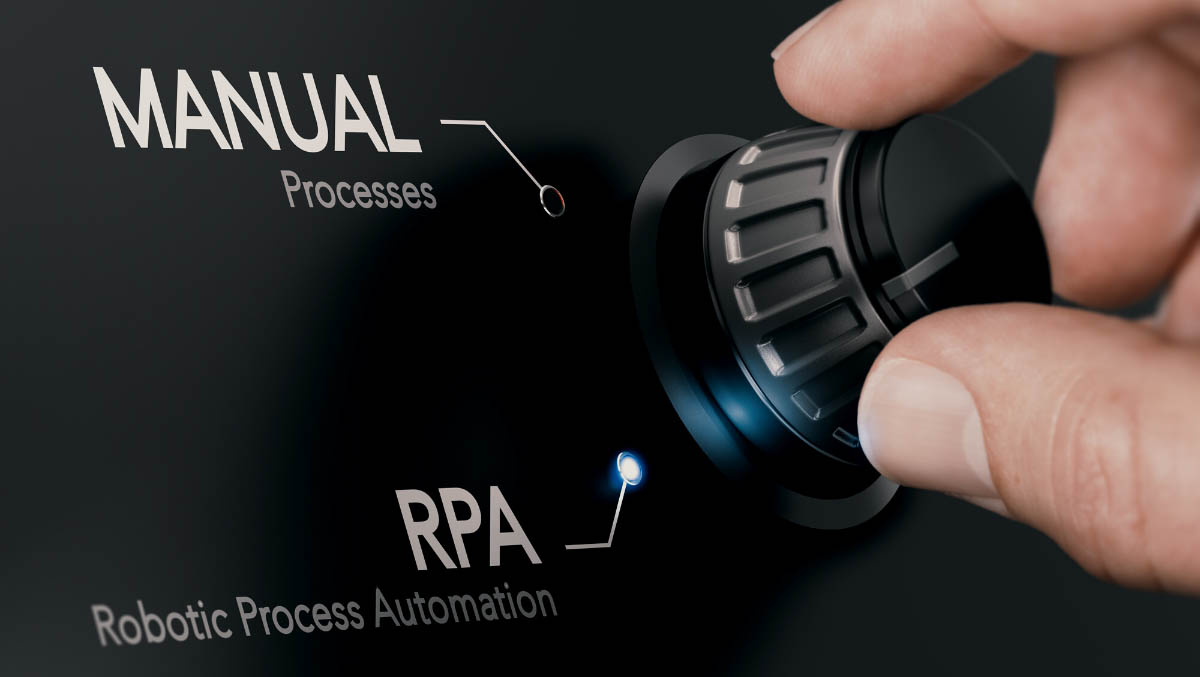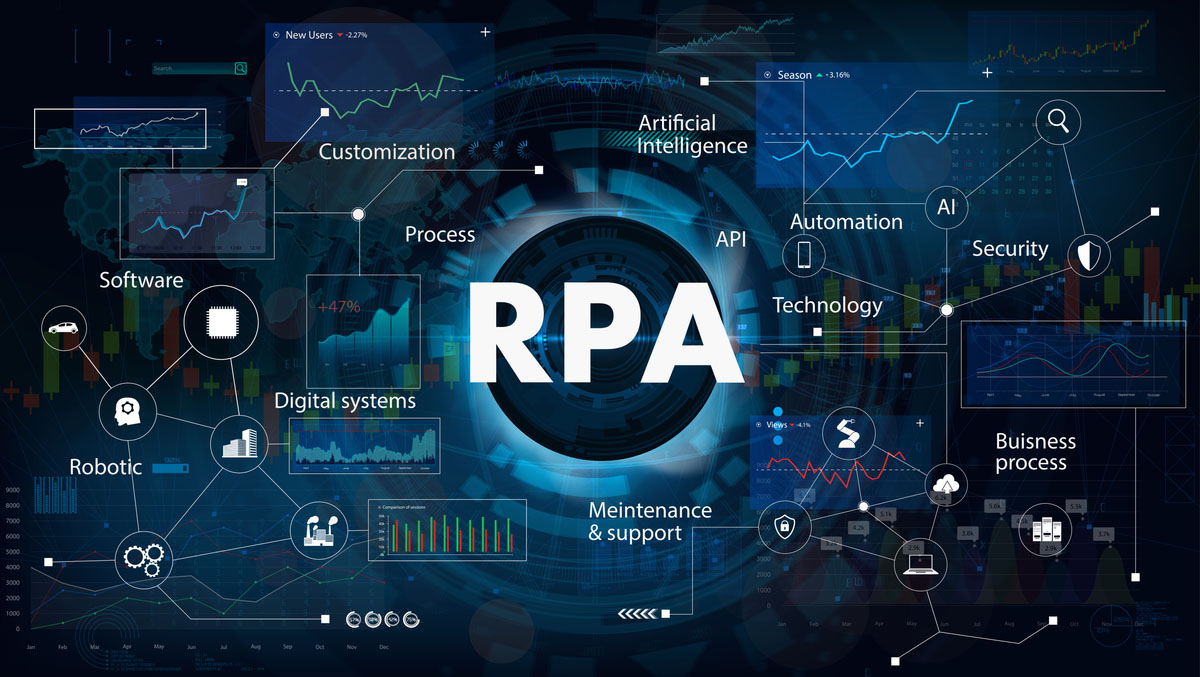Reduced paper usage by 95% for client communications and reports.
Reduced costs associated with printing, mailing, and storing paper documents by 90%.
Reduced the average time to deliver client reports from 7 days to less than 24 hours.
Improved client satisfaction by providing faster and more convenient access to their documents and reports.
Increased efficiency and productivity of the client-facing teams by eliminating manual processes and reducing the need for physical document storage.
Improved compliance by providing an audit trail of document delivery and access.
Reduced the risk of document loss or damage by eliminating the need for physical document handling and storage.
Efficient and automated document management: The development of RESTful services and an Angular-based UI for document management, search, view, upload, and storage provided customers with an efficient and automated way to manage their electronic documents and e-delivery.
Improved user experience: The development of an intuitive and user-friendly UI, using Angular, improved the overall customer experience by making it easy for customers to access and manage their electronic documents and e-delivery.
Compliance with regulatory requirements: The system was designed to meet regulatory requirements and comply with industry standards, which reduced the risk of non-compliance and protected the company from potential penalties or fines.
Improved security: The implementation of secure protocols and CI/CD using Jenkins and Docker, ensured that the application and customer data was protected from potential security breaches.
Reduced delays in delivery: The automation and efficiency of the system, improved the delivery process, which led to reduced delays and improved customer satisfaction.
Overall, the technical solution implemented in this case study helped the company to improve the overall customer experience by providing an efficient, automated, and secure way to manage electronic documents and e-delivery pertaining to Managed Investment (MI). Additionally, the system was designed to meet regulatory requirements and comply with industry standards, which protected the company from potential penalties or fines.
.jpg)

.jpg)
.jpg)
.jpg)
.jpg)
.jpg)
.jpg)

.jpg)
.jpg)
.jpg)
.jpg)
.jpg)
.jpg)
.jpg)
.jpg)
.jpg)
.jpg)
.jpg)
.jpg)
.jpg)
.jpg)



.jpg)


.png)
.png)
.jpg)

.jpg)
.png)
.png)
.png)

.png)
.png)
.png)



.jpg)

.jpg)


.jpg)



.jpg)


.jpg)





